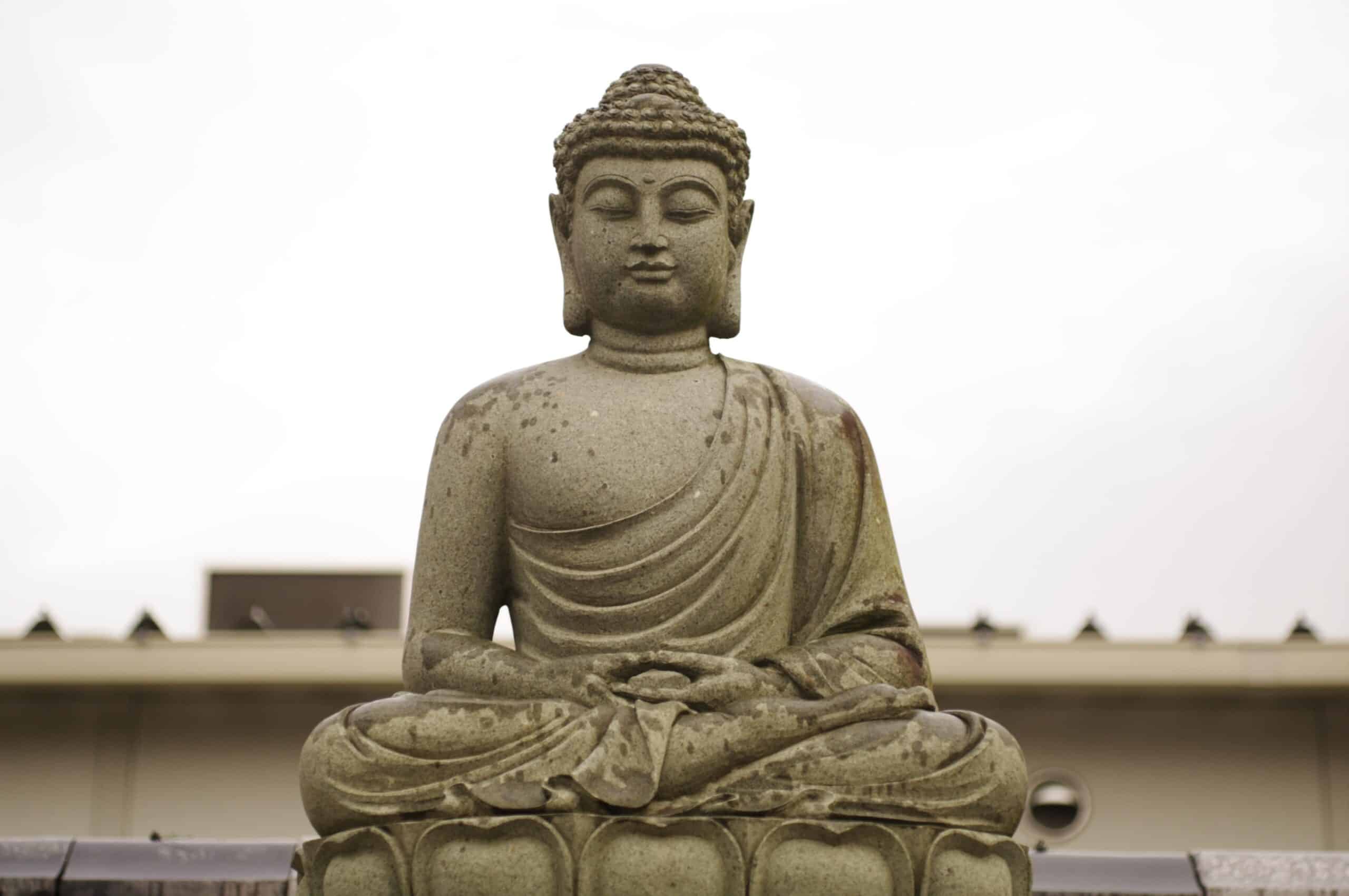Buddhist meditation techniques are a set of mental and spiritual exercises that aim to develop mindfulness, concentration, and insight to achieve greater self-awareness. The techniques have helped people with various problems such as depression, anxiety, addiction, and insomnia. It has also been used for stress relief, pain management, and physical health.
The Buddha’s teachings on meditation are divided into eight types or “Jhanas,” which are states of mental concentration. The first four jhanas lie above the ordinary mind (“mana”) and the last four below it. There are eight levels of meditative absorption, each building on the previous one. Meditation is one of many spiritual practices that evolved out of Buddhism. It has become a core practice in many other religious traditions and has been extensively researched.
In recent years, Western Buddhism has been disseminating like wildfire, making its way into Western society and becoming increasingly popular in the West. The “Buddhist Peace Fellowship” is a group of Buddhist teachers and scholars dedicated to spreading the practice of meditation to non-Buddhists and opening up dialogue between religions. The group supports meditation schools in the U.S., Canada, and Costa Rica, where people can learn about Buddhist practices like mindfulness.
Different Types of Buddhist Meditation Techniques and What They Teach You
Buddhism is an ancient religion that has been around for thousands of years. It was founded by Siddhartha Gautama, who was known as the Buddha. Different types of Buddhist meditation offer different methods for achieving peace and understanding.
Zen meditation, Vipassana, and Pure Land Buddhism are the three main types of Buddhist meditation. This technique helps you build a stronger sense of spiritual connection with yourself, others, and the world around them.
Zen Meditation
Zen is a non-religious form of Buddhism that emphasizes sitting still and letting go of all thoughts. Zen meditation does not involve chanting or any other ceremonial practice. One may practice Zen meditation for many hours, days, or years without achieving enlightenment.

Vipassana
A form of Buddhist meditation called Vipassana has been known to help develop health and wellness, as well as mindfulness and concentration. This is because it helps in developing personal insight, which can lead to a better personal life. It is mainly practiced in silence and lasts 10 days or more. There are different schools of Vipassana, but all share the same goal – to help people understand the nature of reality and find peace within themselves.

Pure Land Buddhism
Pure Land Buddhism is a branch of Mahayana Buddhism, and it was founded by the Chinese monk Pure Land Master in the 7th century. The main goal of this Buddhist school is to achieve enlightenment by focusing on Amitabha Buddha’s Pure Land – a place where one can practice meditation and achieve salvation from suffering.

The Buddha Got it Right with His 7 Simple but Powerful Rules for Meditation
The Buddha’s 7 simple rules for meditation are some of the most simple yet powerful. Everyone can follow these if they want to meditate successfully.
The Buddha Got it Right with His 7 Simple but Powerful Rules for Meditation
- Breathing meditation: Count the breaths from one to 10 and then back again.
- Mindfulness of breathing: Observe the physical sensations of your breath, such as the feeling of air entering and leaving your nostrils or how it feels when you breathe into a particular part of your body.
- Mindfulness of posture: Sit upright on a straight spine in a comfortable position that is neither too hard nor too soft.
- Mindfulness of body: Become aware of each part of your body, from head to toe, as you sit comfortably in any position that feels good to you.
- Mindfulness of sounds: Focus on sounds around you, such as those made by nature or other people’s voices and listen without judgment.
- Mindfulness of emotions: Notice the feelings that arise in each moment, such as happiness, anger, or sadness.
- Mindfulness of thoughts: Observe any thoughts and judgments during your mindfulness practice.
Reasons Why You Should Start Practicing Buddhist Meditation Now
Meditation can be a difficult practice to start because it requires you to give up the comforts of the world and learn how to focus on your inner self. This can be difficult for some people, but many benefits come with this practice.
As mentioned before, meditation can have many positive effects on your mental & physical health, as well as your emotional well-being. It can also help with stress, anxiety, depression, anger management, and more. So now is the perfect time to get started!
Some people might think that meditation is too complicated and they don’t have the time to do it because they’re busy with work or family. However, meditation doesn’t take much time out of your day and is very easy to fit into your schedule if you decide to start now.

1 thought on “7 Powerful Rules of Buddhist Meditation Techniques”